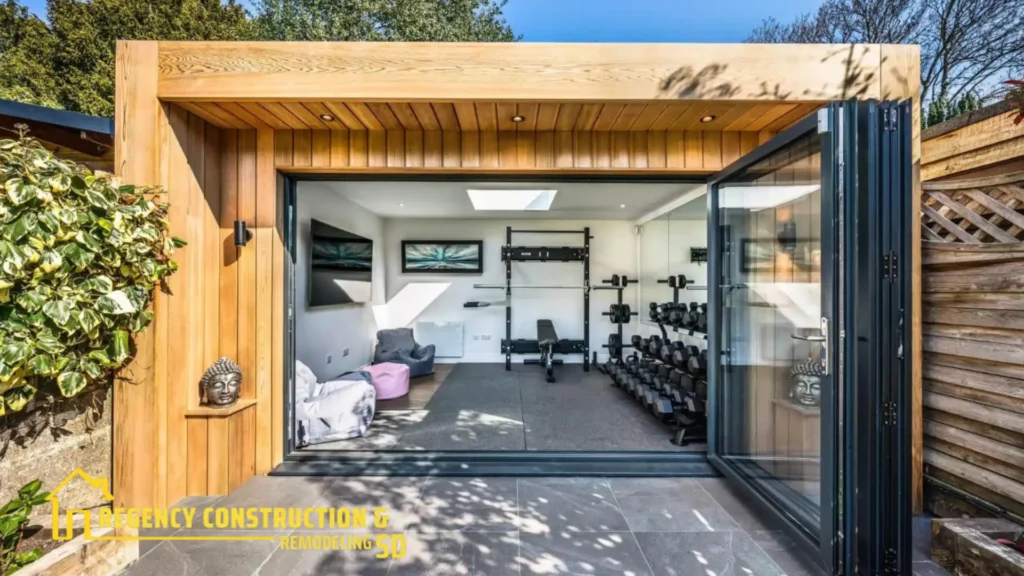Planning and building an Accessory Dwelling Unit (ADU) is an exciting project that can add significant value to your property. Whether you’re looking to create additional living space for family members, generate rental income, or increase your property’s overall value, an ADU offers a versatile solution. However, to ensure the process goes smoothly, careful planning and a clear understanding of the steps involved are essential.
Understanding Your Needs and Setting a Budget
The first step in planning your ADU is to understand your needs and establish a realistic budget. Consider the purpose of the ADU—whether it’s for personal use, rental purposes, or as a guest house. Your intended use will influence the design, size, and features of the unit. Once you have a clear vision, set a budget that encompasses all aspects of the project, including design, materials, labor, permits, and unexpected costs. Sticking to your budget is crucial to avoid financial strain and ensure a successful build.
Navigating Zoning Laws and Permits
Before breaking ground, it’s vital to navigate the zoning laws and obtain the necessary permits for your ADU. Zoning regulations vary by location and can dictate the size, height, and placement of your ADU. Research your local building codes or consult with a professional to ensure your plans comply with all regulations.
Designing Your ADU with Functionality in Mind
Designing your ADU is where creativity meets practicality. Whether you’re working with an architect or using a pre-designed plan, focus on creating a space that is functional, efficient, and aesthetically pleasing. Consider the layout, storage solutions, and natural light to maximize the livability of the unit. Customizing the design to suit your needs and complement your existing property will enhance the overall appeal and functionality of the ADU.
Choosing the Right Builder and Materials
Selecting the right builder is one of the most critical decisions in the ADU construction process. Look for a contractor with experience in ADU projects, a strong portfolio, and positive client reviews. Working with a reputable builder ensures that your ADU is constructed to high standards, on time, and within budget. Additionally, choose quality materials that match your design vision and offer durability, ensuring your ADU stands the test of time.
With careful planning, a clear understanding of regulations, thoughtful design, and the right team, you’re well on your way to building a successful ADU. This addition to your property not only provides practical benefits but also adds value and versatility to your living space.
LEARN MORE:
Maximizing Space: Key Design Tips for a Functional ADU

